How I Invest My $200,000 Salary (Step-by-Step Breakdown)
I Make $200,000 a Year — Here’s How I Invest It
I wasn’t always a high earner. My first job out of college paid $15 an hour. But over the years, I worked my way up, lived frugally, and made investing a priority. Today, I make around $200,000 a year — and I’ve built a $1 million net worth by age 35.
Here’s exactly how I invest my income now.
1. Max Out Tax-Advantaged Accounts First
Before anything else, I max out the retirement accounts available to me:
- Thrift Savings Plan (TSP) — I contribute the max $23,000/year to my government 401(k)-style plan. It’s all in a low-cost index fund.
- Roth IRA — I contribute $7,000/year. I like the tax-free growth and access to principal if needed.
- Backdoor Roth for My Wife — Same deal — $7,000 in her account as well.
That’s $37,000 off the top going to retirement. I treat it like a non-negotiable bill.
➡️ Related: Why Maxing Out Your 401(k) Is One of theSmartest Moves You Can Make
2. Invest in Rental Real Estate
Real estate helped accelerate my path to $1M. I own three income-generating properties now – two are rented to long term tenants in a high cost of living city and one is a short term rental cabin.
Some of my extra cash each year goes toward:
- Paying down the mortgages
- Upgrading the properties to increase value and rent
- Saving for the next down payment
This isn’t passive — but it’s been worth it. My rate of return has been consistently over 15% for the last 7 years.
➡️ Related: Why I Think Buying a Home Is (Almost Always) Better Than Renting
3. Use Taxable Accounts for Long-Term Growth
After tax-advantaged accounts, I put money in a regular brokerage account:
- Mostly low-cost ETFs (like VTI and QQQ)
- A few speculative plays (Google, TSLA, etc.)
- No day trading, no meme stocks, no FOMO
I aim to invest at least $3,000–$5,000/month in this account, depending on how much I save that month.
4. Avoid Holding Too Much Cash
I don’t keep a huge cash pile. Just one month of expenses in checking, and about three months in a high-yield savings account. Everything else is working for me — earning dividends, growing, or generating rent.
Too many people I know are letting inflation eat away their savings.
➡️ Related: What to Do With Your First $10,000 in Savings
💸 Where My $200,000 Actually Goes: Full Breakdown
People love to hear real numbers — so here’s a simplified breakdown of where my $200,000 salary goes each year. Basically I use $72,000 ($6,000 per month) for living expenses and everything else goes to taxes and investments.
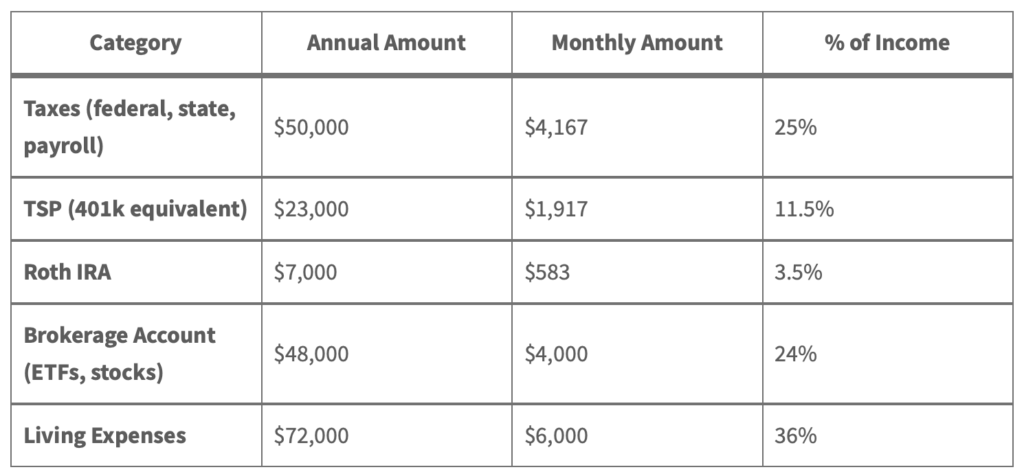
This isn’t a budget I stick to rigidly — some years I invest more in real estate, others I load up on ETFs. But on average, this is the blueprint that helped me hit $1M by 35 and aim for $10M by 50.
Final Thoughts
Making a high income helps — but it’s not enough. I’ve seen high earners spend everything they make and end up with nothing.
It’s the investing habits that matter most.
Whether you make $40K or $400K, the principles are the same:
- Spend less than you earn
- Automate your investing
- Stick to long-term, low-cost strategies
That’s how I grew from $15/hour to $1M — and how I’ll get to $10M next.
📌 Want to Start Today?
If you’re ready to invest but don’t know where to begin, check out this post:
➡️ If You Only Do One Thing — Invest $100 in a Total Stock Market ETF

Weekly vs Monthly Investing: Which Is Better for Beginners?
If you’re wondering whether to invest weekly or monthly, you’re not alone.One of the most common beginner questions I get…
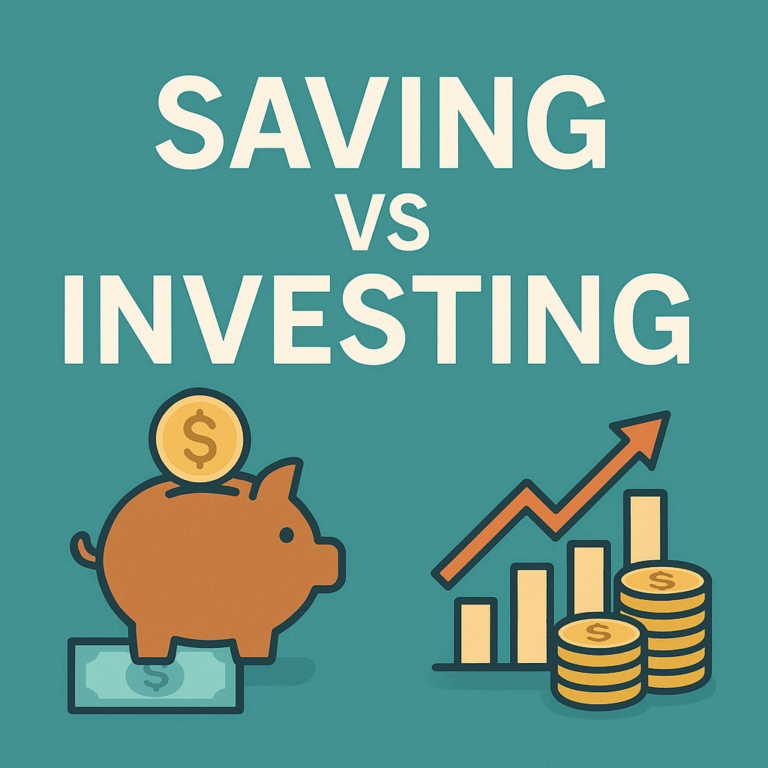
Saving vs Investing: What Should You Do First?
If you’re just getting started with money, you’ve probably asked this question: Should I save first, or start investing right…

What to Do With Your First $1,000
When I had my first $1,000 saved, I felt two things at once: proud…and stuck. I knew I should do something…
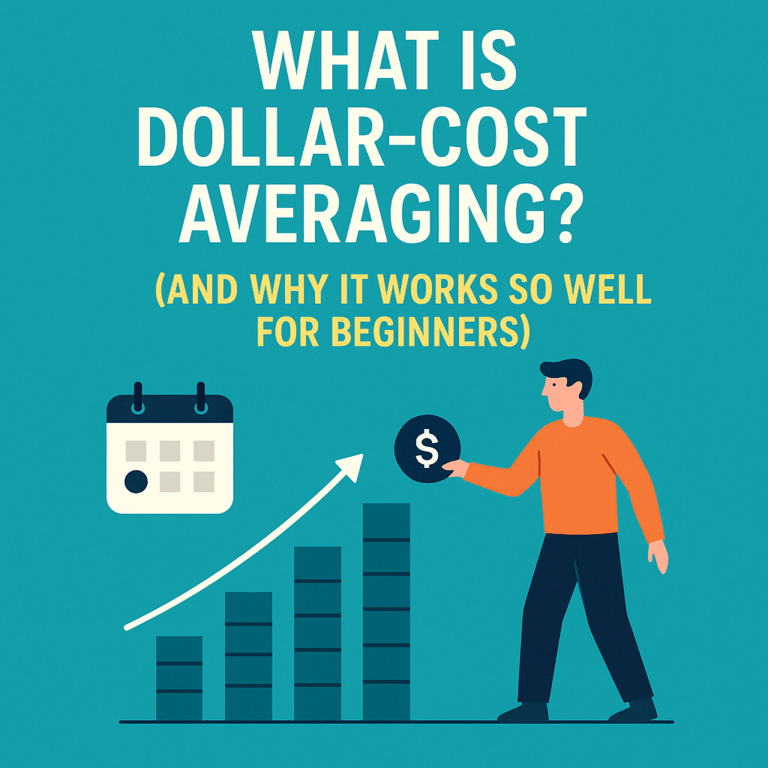
What Is Dollar-Cost Averaging? (And Why It Works So Well for Beginners)
We started investing in 2013, right after I landed my first “real” job — $15 an hour, entry-level. My wife…

How to Get Rich From Nothing (Even If You’re Broke Right Now)
I started with nothing. No inheritance. No stock tips. No trust fund. My parents didn’t leave me a dime, and…

The Best First Investments for Kids (And How I’m Building Generational Wealth for My Daughter)
When I was growing up, no one handed me a roadmap to building wealth. My parents weren’t investors. They didn’t…
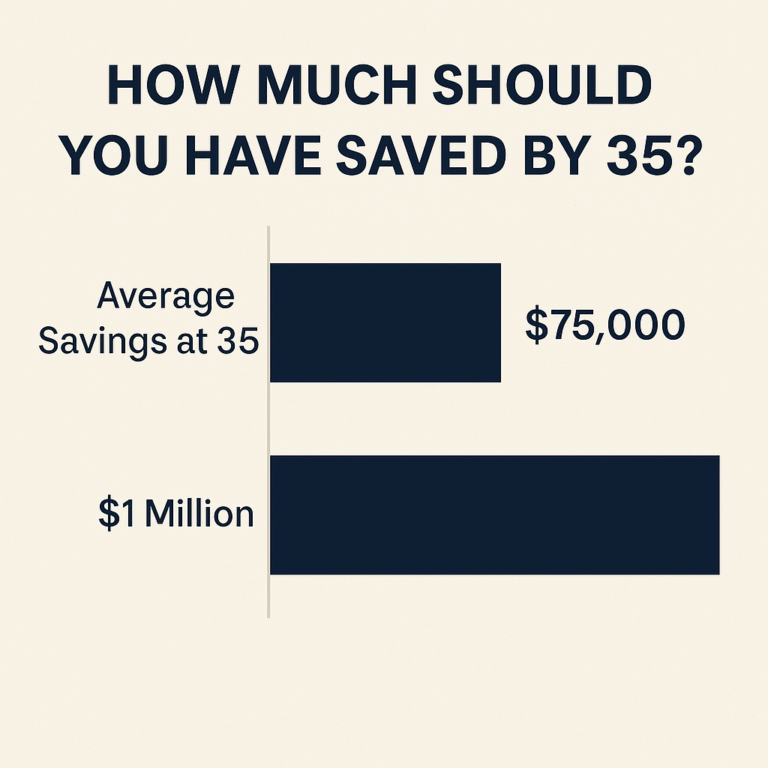
How Much Should You Save at 35? (Here’s What I Did)
The Short Answer: It Depends. But Let Me Tell You What Worked for Me. When I turned 35, I had…
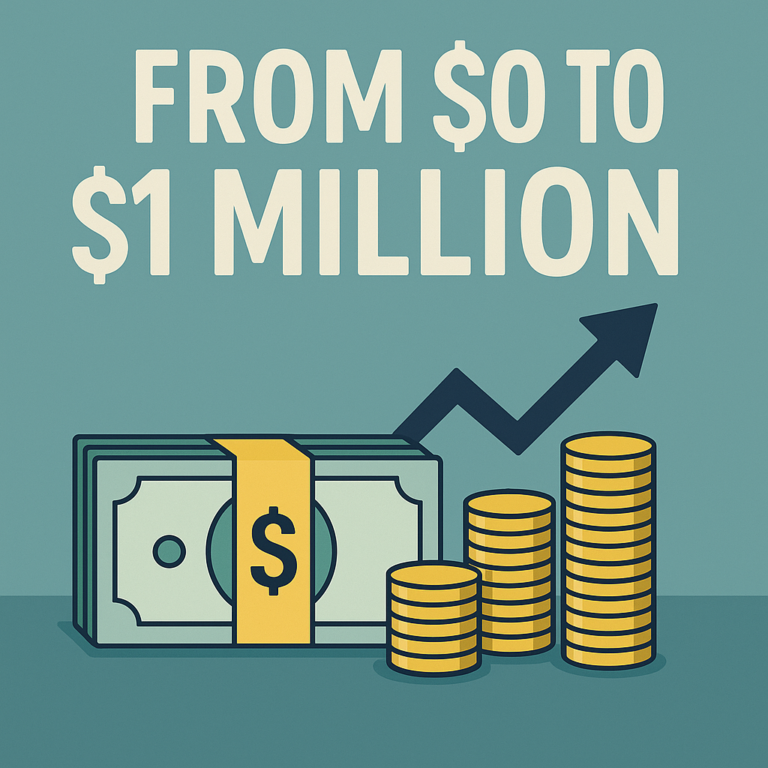
From $0 to $1 Million by 35: A Simple Wealth-Building Strategy
TL/DR: I worked hard to steadily increase my income over time until I could save half of it every month…
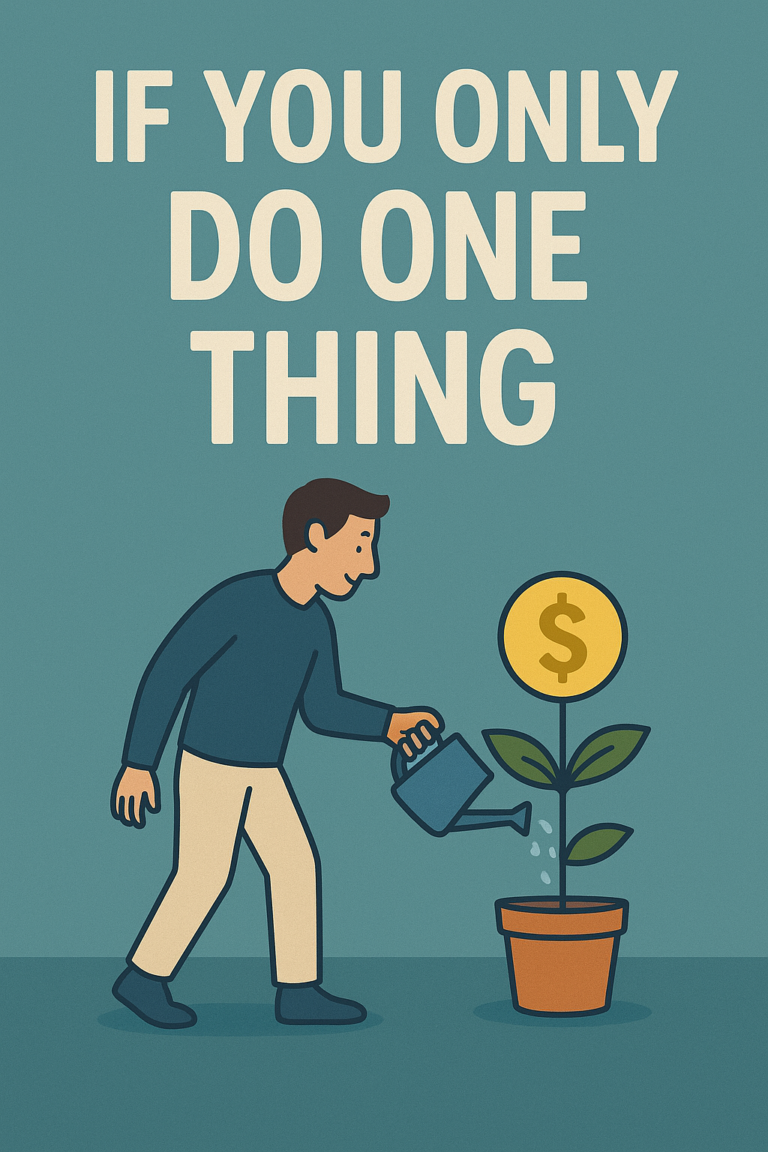
If You Only Do One Thing — Invest $100 In a Total Stock Market ETF
If you’re feeling overwhelmed about investing and don’t know where to start, let me make it dead simple: Open a…